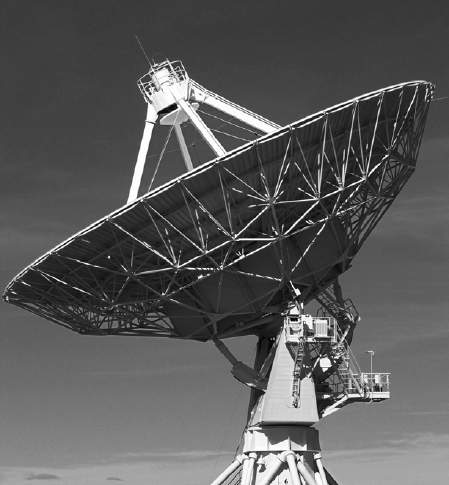CHAPTER 9
Vector Differential Calculus. Grad, Div, Curl

Engineering, physics, and computer sciences, in general, but particularly solid mechanics, aerodynamics, aeronautics, fluid flow, heat flow, electrostatics, quantum physics, laser technology, robotics as well as other areas have applications that require an understanding of vector calculus. This field encompasses vector differential calculus and vector integral calculus. Indeed, the engineer, physicist, and mathematician need a good grounding in these areas as provided by the carefully chosen material of Chaps. 9 and 10.
Forces, velocities, and various other quantities may be thought of as vectors. Vectors appear frequently in the applications above and also in the biological and social sciences, so it is natural that problems are modeled in 3-space. This is the space of three dimensions with the usual measurement of distance, as given by the Pythagorean theorem. Within that realm, 2-space (the plane) is a special case. Working in 3-space requires that we extend the common differential calculus to vector differential calculus, that is, the calculus that deals with vector functions and vector fields and is explained in this chapter.
Chapter 9 is arranged in three groups of sections. Sections 9.1–9.3 extend the basic algebraic operations of vectors into 3-space. These operations include the inner product and the cross product. ...
Get Advanced Engineering Mathematics, 10th Edition now with the O’Reilly learning platform.
O’Reilly members experience books, live events, courses curated by job role, and more from O’Reilly and nearly 200 top publishers.

